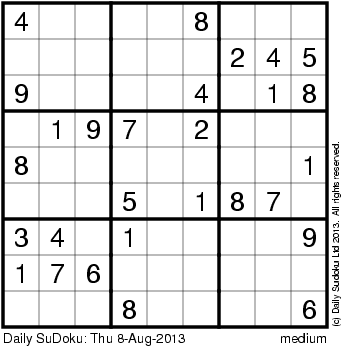
This might sound odd, but my 14 year old daughter asked if I could make some straight Thomas the Tank Engine track. It’s not that she plays with it per se, but her little cousin has helped bring on a renaissance in her wooden Thomas trains. He plays with them when he visits.
My daughter has started making faux Thomas the tank engine movies with her video camera and the laptop we gave her for her 8th grade graduation. These videos are in the style of a YouTuber. Just look for ’Eneterprising Engines’ on YouTube to see what I mean. She is producing these videos to show her cousin, who has thus far reacted positively.
So, as I was helping her shoot scenes for one video, I was thinking and decided that I could definitely make something very similar to the wooden Thomas track put out by Learning Curve. I’m talking about the old stuff with the kerfs cut across it, before they started printing the ties on (ugh!).
I started with some 1/2 inch wood I rescued from the curbside. It was once part of a drawer. I know it’s not pine, but I cannot tell what it is. I ripped it to width and then cut as many 9 inch lengths as I could. (The finished product is 8 inches long, but you need room for that puzzle piece tab.) I traced the tab end on one end and carefully cut it out on my band saw using an 1/8 inch blade. A scroll saw would probably be even better. The tab always needs cleaning up and is never perfect, but close enough.
Then I cut the piece to final length and trace the slot end. Since I was making a bunch of these, I created the slot on the drill press using a forstner bit and released it with the band saw. I used the router to make the grooves along the length of the track.
To make the kerfs across the track, I set up my crosscut sled with a short pin 1/2 inch from the blade. Setting the blade height to about a strong 1/16 inch, I butted the slot end of the track against the pin for the first cut, then put that slot over the pin for each successive cut. (I discovered that it works better if the pin is either near the edge of the piece, or you make the slot after this step.)
Next you sand each piece. Top, bottom, edges, corners, grooves, kerfs, touch up the tabs… Fun, fun, fun! The result looks remarkably like the real thing. We’re very happy with the result.
Lesson learned: Check your wood. I actually grabbed a piece that I thought was 1/2 inch. It was 3/8 inch. So I went and bought some 1/8 inch balsa (It’s all I could find) and glued it onto the bottoms.
I made 10-8 inch long, 3-6 inch long and a few 4 inch long. If you guys want, I can add some more pictures to this entry I took along the way. I was considering making a slideshow style video of the process.
http://lumberjocks.com/assets/pictures/projects/415124-196x130.jpg





